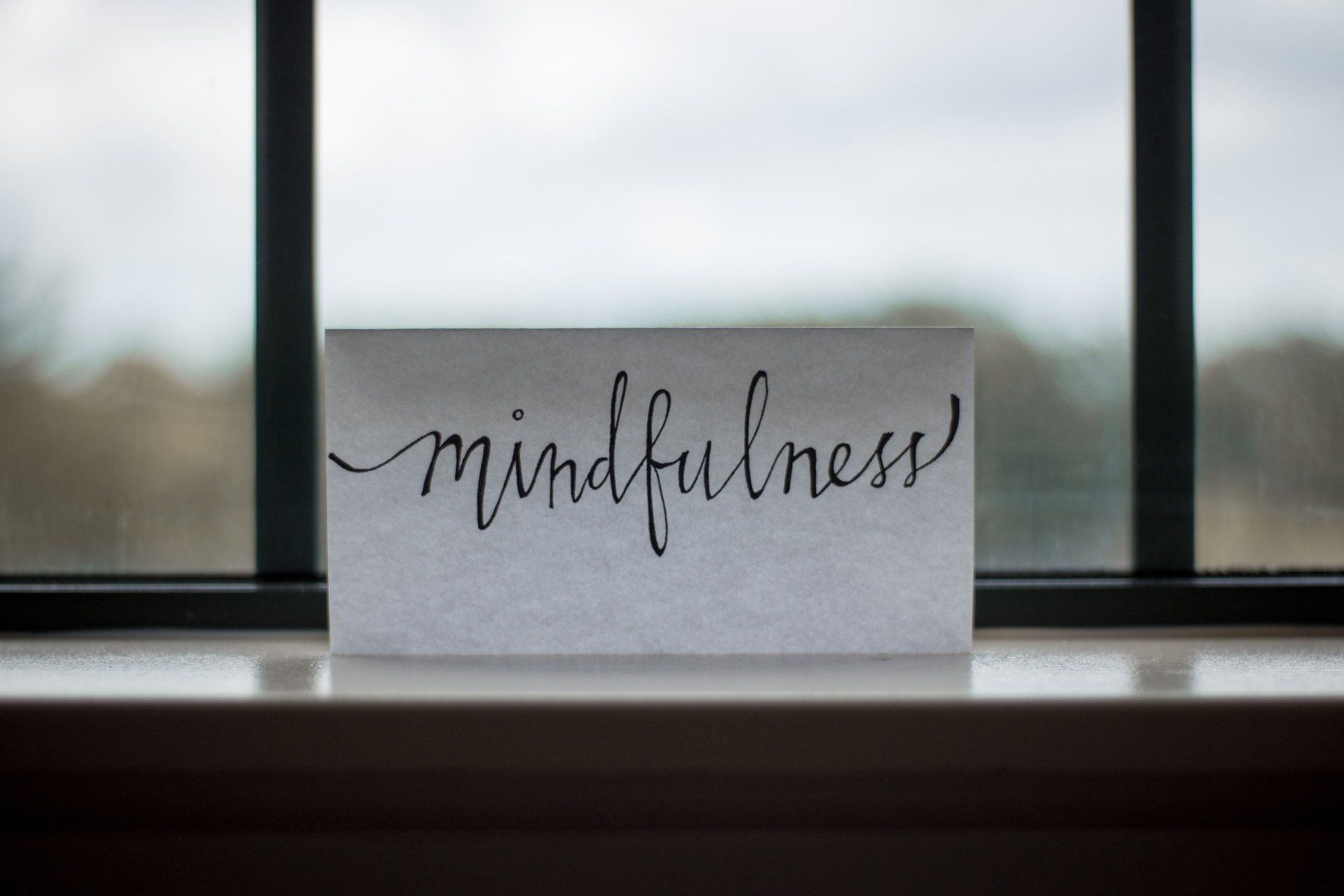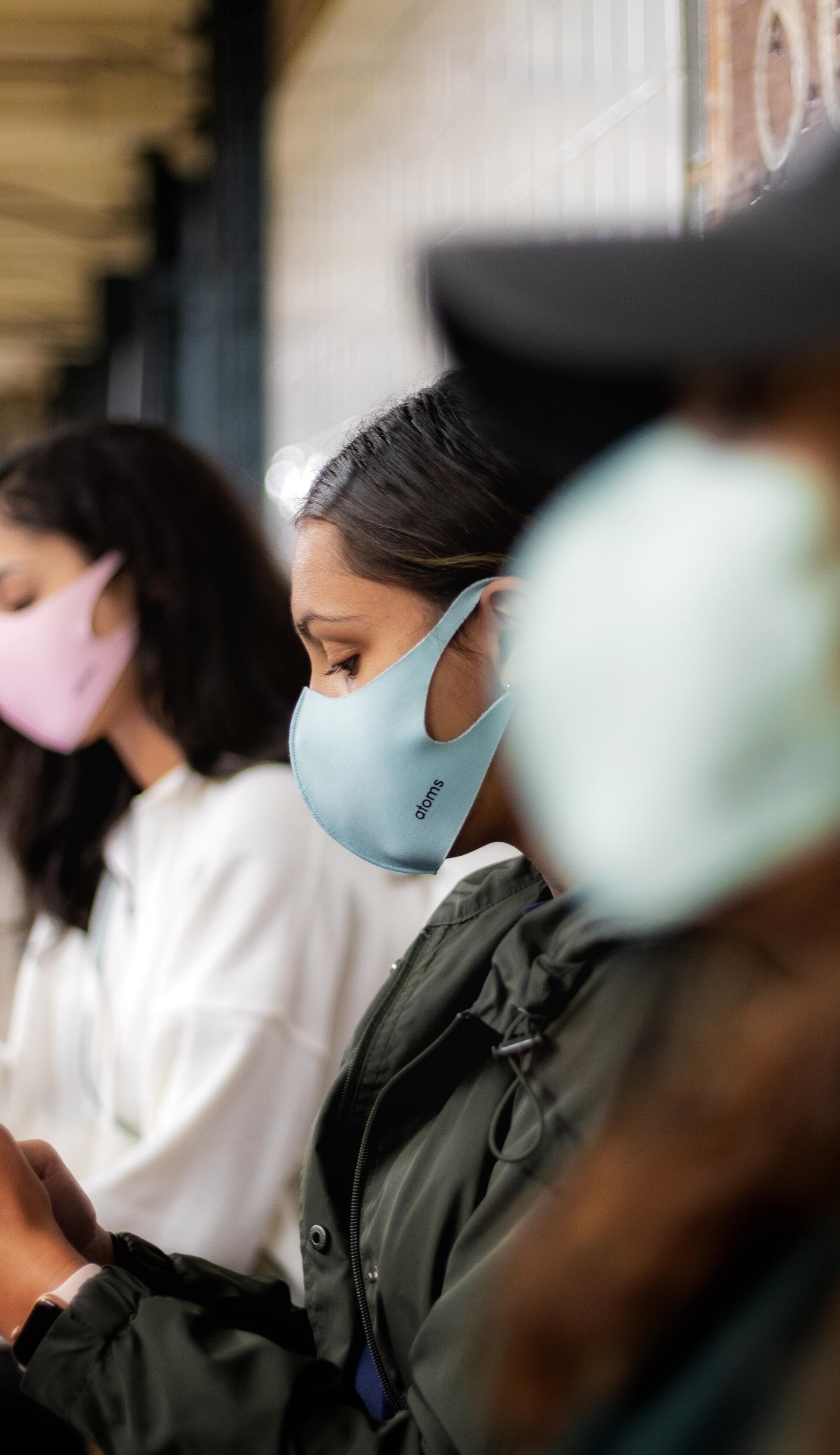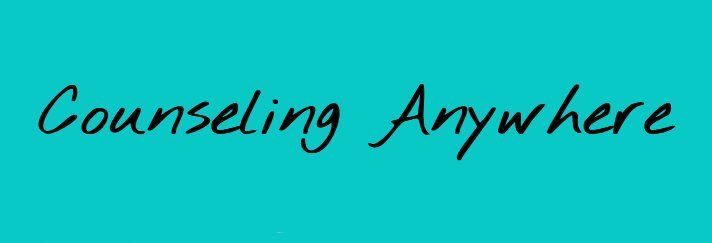Rescuing Your Relationship from Stress
Emotional distance, a loss of intimacy, and the death of romance. That describes our marriage less than six months after my wife and I exchanged vows. We’d married with dreams of living happily ever after. Conflict on our honeymoon cast doubt that our dreams would come true, putting our relationship on the rocks. Then I started a new job that demanded up to 80 hours of my attention each week. I coped with the stress by shutting out my wife.
In the months before our wedding, the passion between us was thick. While we lived 90 minutes away from each other, we’d talk on the phone for hours, send each other love notes, and spend every weekend together. But emotional distance and romance are like oil and water. They don’t mix, and they create a slippery surface that can cause couples to slide into a world of disappointment and frustration. Married and living together, in the few hours a week we had together we became uncomfortable in each other’s space.
That’s a problem many couples face when one or both partners succumb to stress.
The relationship troubles begin when one partner shuts out the other from their inner world. It’s destructive to the relationship, but it’s seldom done intentionally. It’s a dysfunctional way of coping that expresses itself in various behaviors. A recent study in Britain revealed one in four couples sleep in separate beds due to the stress in their lives. Some couples keep their conversations on an intellectual level, and avoid talking about what’s in their hearts. Others use harsh words or silence to keep each other out.
When individuals and couples discover functional ways of coping with stress, they can restore emotional closeness, renew intimacy, and revive romance. My wife and I floundered for three years before I agreed to see a clinical psychologist who guided me toward better coping skills. If your stress is pushing you and your partner apart, you don’t need to wait any longer. Consider these actions as steps you can take toward transforming your relationship from disappointment and dread to one fueled by passion.
Identify Your Stressors
Stressors experienced outside the relationship by one or both partners can cause distress in the relationship. High levels of stress from outside sources often interfere with a couple’s ability to communicate effectively, connect emotionally, and manage conflict in their relationship.
The Holmes and Rahe Stress Scale is a helpful tool for identifying sources of stress. Work through the scale with your partner to identify stressors weighing on each of you. Chances are if one of you is stressed, you both are. Add up your individual scores and compare your levels of stress.
The scale provides a starting point for you and your partner to zero in on what’s pulling one or both of you down. As you identify your stressors and compare scores on the stress scale, keep in mind that people react to stress differently. The weights on the scale are based on averages. Your experience may be of greater or less intensity than the score on the scale. You and your partner may also differ in the severity of stress you each experience in response to the same event.
Speak from Your Heart
Once you each identify your stressors, start sharing with each other what you’ve been going through. Take turns answering the following questions:
In what ways has stress been affecting your emotions?
What are you doing that helps you cope with your stress?
What ways are you coping with stress that are having a positive effect on your relationship?
What ways are you coping with stress that are having a negative effect on your relationship?
What actions would like to take to cope with and reduce stress in the future?
Listen intently to your partner’s responses. When your partner is done talking, reflect back in your own words what you heard them say about what they’ve been going through.
Strengthen Your Resilience
The ability to bounce back from loss, trauma, tragedy, and other stressors is called psychological resilience. We all possess it. Its strength varies from one person to the next. The stronger our resilience is, the better we cope with stress. If your resilience is weaker than you’d like, you can strengthen it.
Research has identified behaviors, thoughts, and actions that can build up resilience. But the path to strengthening resilience is a personal journey, and each person needs to choose an approach that fits with their values and lifestyle.
Here are some ideas that can help you and your partner choose your path to stronger resilience:
Get socially connected. Social isolation weakens resilience, while social connection strengthens it.
Begin by working on your connection with your partner. Practice by learning to identify each other’s bids for connection and responding by turning toward each other. Cultivate fondness and admiration. Establish what Dr. Gottman calls “rituals of connection.”
Find social groups you both can participate in that share your common interests and values, such as charities, clubs, or community organizations. If you and your partner are struggling with the same stressor, consider connecting with a support group with others who are dealing with similar issues.
Take care of yourself. Stress takes a psychological and physical toll on a person. Engage in activities individually and with your partner that can help restore balance and health to your mind and body.
Discovering and practicing your gifts, passions, and values can restore a sense of meaning and purpose. These are closely tied to resilience. Practicing gratitude is an effective tool for improving mental health. Exercise and good nutrition counteract the effects of stress on the body as well as the mind.
Set and pursue goals. As you and your partner discuss how you each want to cope with and reduce stress in the future and strengthen your resilience, you’ll identify actions to take. Set individual goals and agree on goals to pursue together to bring about the changes you want. Then work out a plan for each goal, and a method for tracking your progress.
Dr. Gottman also has tips and strategies for self-care and setting and achieving goals.
Update your Love Maps
A Love Map is what Dr. Gottman calls the part of the brain where we store important details about our partner’s life including their likes, dislikes, fears, and dreams. Dr. Gottman’s research shows that couples who keep accurate Love Maps of their partners have happier marriages and are better prepared to weather difficult life passages.
Stressful events can change your partner’s view of themselves and their world. Updating your Love Map is important during this time. Ask your partner about how their stressors have changed how they feel about their life, job, relationships, security, and future. Doing so can help cultivate emotional closeness and intimacy, and revive a dormant romance.
To read more articles by Jon Beaty, CLICK HERE





